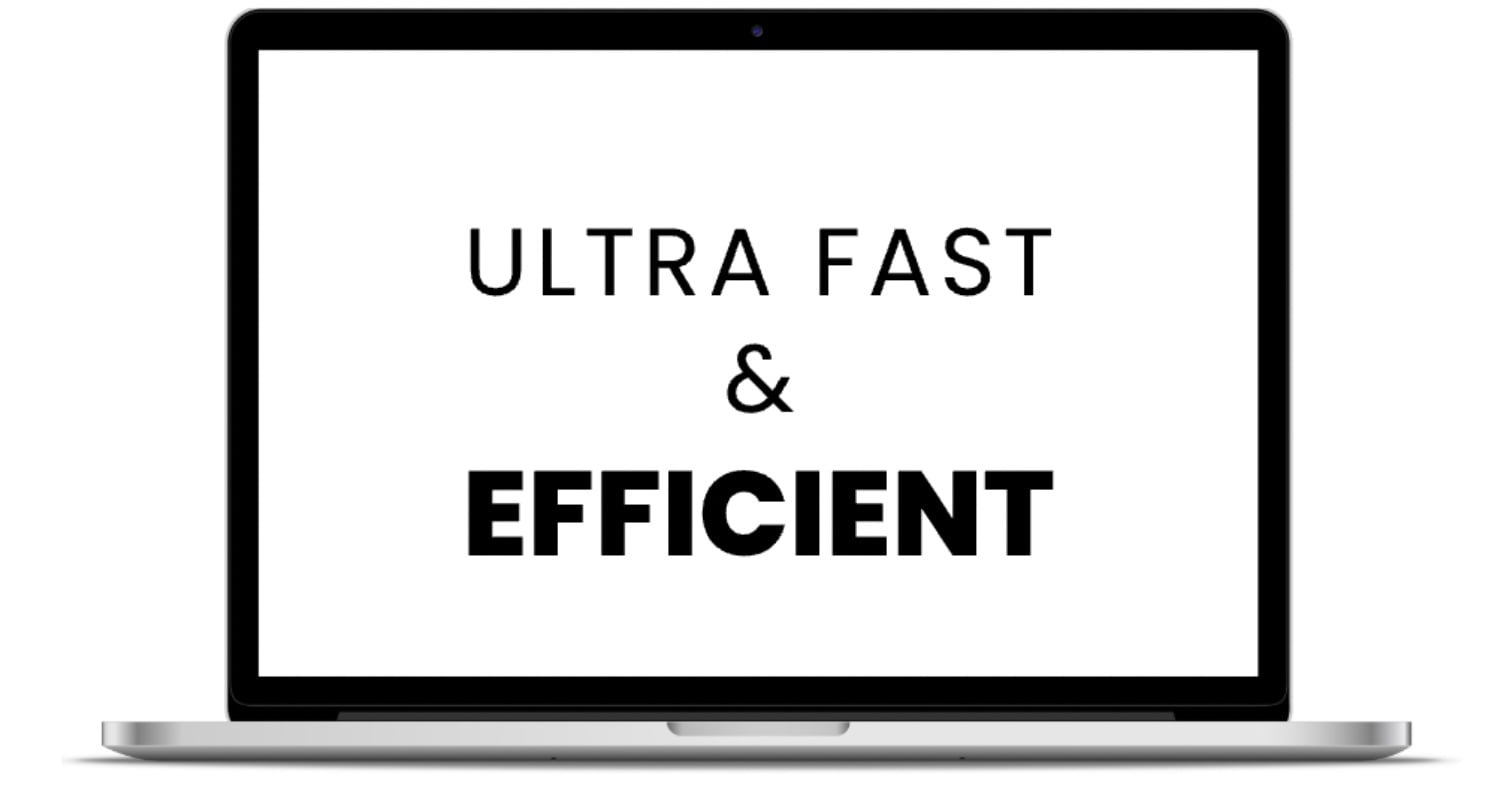Understanding Amazon Used Conditions: A Complete Guide

Introduction
If you’ve been selling on Amazon for a while, you’re likely familiar with the Amazon guidelines. Monitoring product conditions is crucial for sellers to maintain good performance, comply with Amazon policies, and foster repeat sales—an essential aspect of achieving long-term success on the platform.
What Do Amazon’s Used Condition Descriptions Really Mean?
These guidelines apply to all product categories unless stated otherwise.
- New: A brand-new item with the original manufacturer’s warranty, if any, still applicable. Warranty details are included in the listing comments. Most new items come in the original packaging, but some may be re-boxed.
- Renewed: An item inspected and tested to look and work like new by an Amazon-qualified supplier or by Amazon. It has minimal to no signs of wear, and no visible cosmetic imperfections, and may come in a brown or white box with generic accessories.
- Rental: An item inspected and graded by a qualified supplier or by Amazon. It is in working condition with no structural flaws. It may come in a generic box with all expected accessories. Any exceptions will be noted on the product detail page.
- Used – Like New or Open Box: An item in perfect working condition. The original protective wrapping might be missing, but the original packaging is intact and in great condition with possible minor damage. Instructions are included.
- Used – Very Good: A well-cared-for item with limited use, remaining in good working condition. It may show some wear with small scratches or cosmetic blemishes, have damaged packaging, be repackaged, or be missing some accessories. Missing accessories are listed for each item.
- Used – Good: An item showing wear from consistent use but still in good condition and functioning properly. It may come in damaged packaging or be repackaged. It might have markings, minor cosmetic damage, or be missing parts/accessories like screws or a manual.
- Used – Acceptable: A fairly worn item that still works properly. It may have damaged packaging or be repackaged. Signs of wear include scratches, dents, and worn corners. It might have markings or other signs of previous use and could be missing parts/accessories like screws, a mouse, or a USB cable (in the case of a laptop).
What Are Unacceptable Items?
Amazon’s condition guidelines also specify items that are completely unacceptable for listing. You can find these details on the Help page under “Unacceptable and prohibited items”:
Items in any of the following conditions cannot be listed on Amazon:
- The item is not clean, showing signs of mold, heavy staining, or corrosion.
- The item is damaged in a way that makes it difficult to use.
- The item is missing essential parts or materials (not including instructions).
- The item needs repair or service.
- The item is a counterfeit or imitation, not made by the original manufacturer or copyright holder.
- The item was originally a promotional copy, sample, or advance reading copy, including uncorrected proofs.
- The item is past its expiration date, has too little shelf life remaining, or has an altered or removed expiration date.
- The item was meant for destruction or disposal or is marked as unsellable by the manufacturer, supplier, or retailer.
- The item is prohibited for sale on Amazon.
Things To Consider After Reading Amazon Condition Guidelines
Understanding the condition guidelines is essential, but it’s just the beginning. To succeed on Amazon, you must avoid common pitfalls that can lead to violations.
Here are some key points to keep in mind:
- Repackaging Items: You can repackage items into plain boxes, but only for items rated Used—Very Good and below. Repackaging Used—Like New items can lead to trouble.
- Condition Grading System: Amazon sellers need a solid condition grading system. Ensure warehouse staff are trained to pick items that match the order’s specified condition and have processes to downgrade items when necessary. Under promise and over deliver to sustain a great Amazon seller account.
- Handling Returns: Keep returns separate from saleable stock. Unorganized returns can result in reshipping unsuitable items, leading to warnings, bad feedback, and chargebacks. Have a dedicated area to store, evaluate, and re-grade returns.
- Monitoring FBA Return Data: Don’t adopt a ‘set it and forget it’ approach. Pay attention to buyer comments on returns to identify and address recurring issues. Also, monitor how FBA handles your inventory to prevent loss, damage, and mishandling.
- Inspection for Direct Shipping: Ensure your supplier inspects items before shipping them to Amazon. This helps reduce issues later on.
- Understanding Category-Specific Rules: Each category, like Baby, Toys, and Apparel, has unique rules. Ignoring these can lead to enforcement actions. Learn and follow the specific guidelines for each category you sell in.
Amazon's Refund Policy for Used Items
Amazon’s refund policy for used items guides sellers on how to handle return requests. Sellers need to understand when refunds are applicable and follow the correct steps to ensure timely and accurate refunds for customers.
For used product returns, Amazon has specific rules to safeguard both buyers and sellers. If a customer wants to return a used item, the seller must ensure a smooth return process, including clear return instructions and prompt refund issuance upon receiving the item.
Sellers should also know Amazon’s condition guidelines. These guidelines help sellers describe their used products accurately, fostering trust with customers and reducing return requests. It would be a great practice to write condition descriptions for used items. It sets the expectation at the right level so that your customers can be satisfied with your product.
Addressing common questions about returns and refunds is crucial. Providing clear information about the return process, refund timelines, and any additional steps needed improves the customer experience and satisfaction.
Understanding and following Amazon’s condition guidelines is vital for seller success. By staying informed, utilizing helpful tools, and providing excellent service, sellers can navigate used product sales on Amazon successfully.
Effortlessly List and Manage Your Books with Bookz Pro!

Create unlimited condition note templates with ease. Select, write, or edit any template you need. Combine multiple notes, and they’ll be sequentially appended. List books, media, or any other products using the Bookz Pro Amazon Listing Software. Prepare FBA shipments or list them as FBM.
With compatibility with thermal printers and remarkable speed, Bookz Pro offers the smoothest listing experience. Explore our offers and features today!
Conclusion
Understanding Amazon’s used condition categories is essential for successful selling. This guide has provided you with the knowledge to accurately describe your items, improve your listings, and meet customer expectations. By being clear and honest about the condition of your products, you’ll build trust with buyers and boost your sales. Keep these tips in mind, and happy selling on Amazon!
Frequently Asked Questions
Used – Like New books have an intact, undamaged dust cover, pristine pages, and may have remainder marks. Used – Very Good books feature an intact dust cover, no highlighting or handwritten notes, and an undamaged spine.
Used – Good books have intact dust covers and pages, may contain some highlighting and notes, and the spine might show wear; “Library of” front pieces are acceptable. Used – Acceptable books have intact covers and pages, though the dust cover may be missing, and they may have highlighting and notes without obscuring the text. Unacceptable books contain missing pages or illegible text.
In most cases, used or open-box items purchased from Amazon Warehouse and shipped by Amazon.com can be returned within 30 days of receiving the shipment. However, some products may have different return policies or requirements of the 3rd party sellers.
While it’s generally safe to buy used products on Amazon due to their seller guidelines and return policy, there’s no guarantee of product quality. So, buying “used” on Amazon is more of a “buy at your own risk” situation.
Amazon used goods refer to products that have been previously owned or used by someone else before being listed for sale on Amazon. These items can include a wide range of products such as books, electronics, clothing, and more. They are typically sold at a lower price than their new counterparts and may show signs of wear or cosmetic damage depending on their condition.
In Amazon’s terminology, “used” condition refers to items that have been previously owned or used by someone else. These items may exhibit signs of wear, such as scratches, scuffs, or minor cosmetic damage, but they are still in functional condition. The product description should provide details about the specific condition of the item, including any imperfections or damage present. Additionally, Amazon’s return policy typically applies to used items, allowing buyers to return them within a specified period if they are not satisfied with their purchase.



